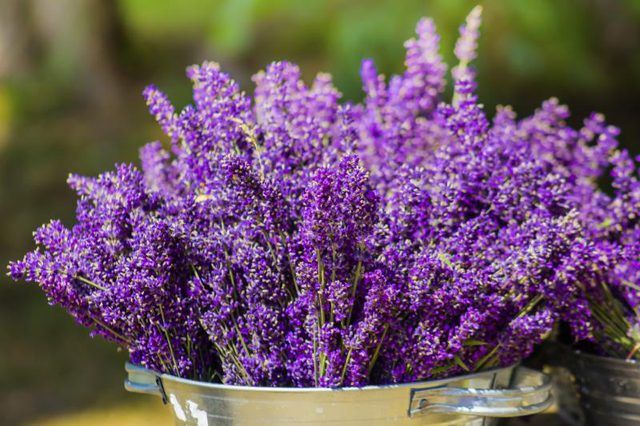Bulbs
Flower Basics
Flower Beds & Specialty Gardens
Flower Garden
Garden Furniture
Garden Gnomes
Garden Seeds
Garden Sheds
Garden Statues
Garden Tools & Supplies
Gardening Basics
Green & Organic
Groundcovers & Vines
Growing Annuals
Growing Basil
Growing Beans
Growing Berries
Growing Blueberries
Growing Cactus
Growing Corn
Growing Cotton
Growing Edibles
Growing Flowers
Growing Garlic
Growing Grapes
Growing Grass
Growing Herbs
Growing Jasmine
Growing Mint
Growing Mushrooms
Orchids
Growing Peanuts
Growing Perennials
Growing Plants
Growing Rosemary
Growing Roses
Growing Strawberries
Growing Sunflowers
Growing Thyme
Growing Tomatoes
Growing Tulips
Growing Vegetables
Herb Basics
Herb Garden
Indoor Growing
Landscaping Basics
Landscaping Patios
Landscaping Plants
Landscaping Shrubs
Landscaping Trees
Landscaping Walks & Pathways
Lawn Basics
Lawn Maintenance
Lawn Mowers
Lawn Ornaments
Lawn Planting
Lawn Tools
Outdoor Growing
Overall Landscape Planning
Pests, Weeds & Problems
Plant Basics
Rock Garden
Rose Garden
Shrubs
Soil
Specialty Gardens
Trees
Vegetable Garden
Yard Maintenance
How to Harvest Lavender
How to Harvest Lavender. An ornamental garden plant, lavender (Lavandula spp.) contributes fragrance as well as landscaping value. Shrubby plants are usually 2 to 3 feet tall, have tidy, gray-green to green foliage and abundant stalks of purple, blue, pink or white flowers, depending on the species or cultivar. In general, lavenders are hardy in...

An ornamental garden plant, lavender (Lavandula spp.) contributes fragrance as well as landscaping value. Shrubby plants are usually 2 to 3 feet tall, have tidy, gray-green to green foliage and abundant stalks of purple, blue, pink or white flowers, depending on the species or cultivar. In general, lavenders are hardy in U.S. Department of Agriculture plant hardiness zones 5 through 11, with variation depending on the species. Once established, garden lavender yields fragrant flowers for things such as potpourri, sachets, cooking and soap-making. Use leaves in potpourri and cooking. Harvesting techniques depend on the intended use.
Fragrance Production
If you examine a lavender flower on the stalk, you'll see that the tubular flower emerges from an elongate, somewhat papery structure clothed with plant hairs. Called the calyx, the structure's outside is ribbed, with oil-secreting glands beneath the hairs. This is where the majority of lavender's scent originates and why you want to harvest the whole flower head rather than just flowers. Other plant parts also contain fragrant compounds. The scent differs from one species to another. English lavender (Lavandula angustifolia, USDA zones 5 through 11) has a sweet smell and taste that's suited to culinary use.
When to Pick Flowers
When you start with a young plant, remove the first year's flowers before they complete development so the plant has stronger growth. In the second year, usual harvest is two to three small bunches, and by the third year you'll have abundant flower production. For use as fresh cut flowers, pick lavender flower stalks whenever enough flowers are open to look and smell good. If you're harvesting them for craft use or drying, harvest all the stems on a plant when a few flowers emerge but the rest are still in bud. This prevents flowers shedding from the dried stalks.
How to Pick Flowers
You can harvest single stems of lavender for floral arrangements with flower snips, scissors or small pruners. Cut them to the individual length needed for the particular arrangement. For mass harvesting from large plants, use a small sickle with a serrated blade. Leave a long enough stem so that when you bind the stems together for drying, the flower heads aren't too crowded together. So disease isn't transferred to the plant, sterilize pruning tool blades by wiping them off with a cloth saturated in alcohol before cutting the lavender.
Drying Lavender
Lavender bunches of about 100 stems are about the right size for drying. Fasten the stems together near their bases with a rubber band. Fashion a hanger from an unfolded paper clip so it's similar to a Christmas tree ornament hanger. One hook goes beneath the rubber band, and the other goes into a rope or chain to hang the lavender bunch upside down. Dry lavender in a dark, warm, dry area for several weeks.
Harvesting Fresh Lavender
Pick the whole flower stalk when a few flowers are open. Use them fresh to make lavender tea. For a cup of tea, pour boiling water over about three fresh flower heads and a few fresh lavender leaves, cover and let steep. Strain the tea if desired. Repeat this technique on a larger scale to make lavender infusions to flavor drinks, cakes, frostings, and other dishes. You can also use the fresh flowers and chopped leaves as a garnish or as cooking ingredients. Pick the leaves at any time.
Other Considerations
Plan which lavender to grow based on how you'll use them. Some lavender species are too strong-tasting for culinary use, such as the lavandins (Lavandula x intermedia, USDA zones 5 through 9), but they give good essential oil production. The foliage of Spanish lavender (Lavandula stoechys) has a piney fragrance unsuited for cooking, but the plant is very ornamental in the garden. When planning how much lavender to use, dried lavender is about three times as strong as fresh lavender.